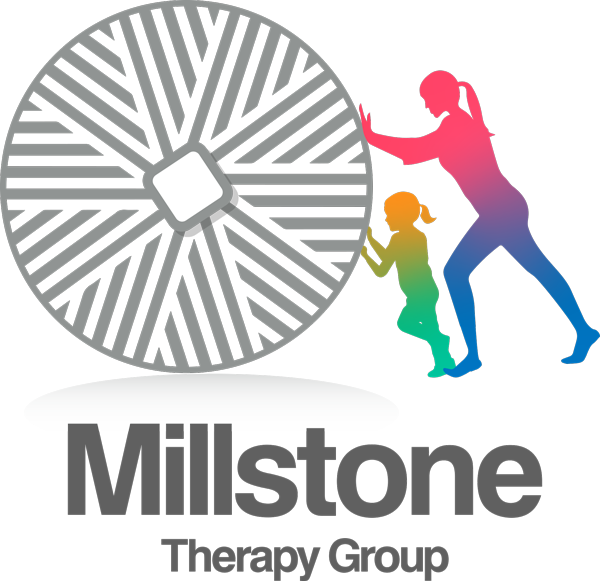Sometimes, something as simple as positive affirmations go a long way when working with children in occupational therapy. These affirmations hold the potential to not only uplift and motivate clients but also to reshape their outlook on their occupational challenges. By instilling a sense of positivity and self-belief, positive affirmations have the power to transform how individuals approach their therapy journey.
What are Positive Affirmations?
Positive affirmations are empowering statements that can transform the mindset of the user by replacing negative self-talk with uplifting and encouraging words. The benefits of incorporating positive affirmations into daily practice are significant, especially when it comes to mental health and building confidence. By repeating positive affirmations regularly, you can cultivate a more positive mindset and improve your overall well-being.
This is especially true for children. Teaching children from a young age to speak positively about themselves can make a huge difference as they grow and encounter challenges. The goal of occupational therapy is to equip individuals with the tools they need to be successful in their lives, and positive affirmations play an important role in achieving that goal.
Techniques for practicing positive affirmations include choosing affirmations that resonate with the individual, repeating them aloud or in their mind, and incorporating them into their daily routine. Consistency is important, so making a habit of reciting affirmations during specific times of the day can be particularly effective.
In terms of mental health, positive affirmations can help combat negative thought patterns and reduce feelings of anxiety or self-doubt. By replacing harmful beliefs with affirming statements, children can improve their self-esteem and develop a more optimistic outlook on life.
Building confidence through positive affirmations is a gradual process, but with dedication and practice, anybody can strengthen their self-belief and resilience.
Examples of Positive Affirmations
Occupational therapists utilize daily affirmations to reinforce self-belief and boost confidence in the abilities of the children they work with. It is important that the child learns what positive affirmations are and how they’re supposed to sound. As occupational therapists, it is our responsibility to give the children we work with examples of positive affirmations so they can repeat them on their own. This can be done by showing them by example how to speak to themselves positively, or by speaking positively to them so they understand the power of positive affirmations.
Here are some examples of positive affirmations that children can use:
- “I can do hard things”
- “I believe in myself”
- “It’s okay to make mistakes”
- “I can do anything I set my mind to”
- “If I fall, I’ll get right back up and try again”
- “I am good at a lot of things”
There are many more positive affirmations you and your children can use to improve your mindset.
These positive affirmations can help build their confidence quickly. It is important that they practice speaking to themselves in this way to get the full benefit.
How to Teach Positive Affirmations?
Consider introducing positive affirmations to children by explaining their purpose, benefits, and how they can integrate them into their daily routine.
To make learning positive affirmations engaging and interactive, incorporate creative activities like designing affirmation posters, coloring affirmation books, or creating personalized affirmation cards.
Interactive games can also be a fun way to teach affirmations, such as affirmation bingo or affirmation matching games.
Role-playing exercises allow children to practice using positive affirmations in different scenarios, enhancing their understanding and application.
Storytelling techniques can be used to illustrate the power of positive thinking, weaving affirmations into narratives that resonate with children.
Additionally, group discussions provide a platform for sharing affirmations, fostering a supportive environment where children can learn from each other’s experiences and perspectives.
Teach How to Turn Negative Thoughts Into Positive Ones
To help your child turn negative thoughts into positive ones, start by emphasizing the importance of practice and patience in this process. Changing negative thoughts into more positive ones requires positive reinforcement, cognitive restructuring, and a mindset shift.
Encourage your child to take a deep breath, say ‘Stop. Relax’ either out loud or in their head, and then replace the negative thought with a positive affirmation like ‘I can handle this’ or ‘I am strong.’
Teach your child coping strategies by practicing with simple examples first. Show them how to reframe thoughts such as ‘I’m never going to get this’ into ‘I’m having a hard time understanding this. Maybe I should get help from my teachers or parent.’ This exercise helps build resilience and fosters a habit of positive thinking in challenging situations.
Effectively turning negative thoughts into positive thoughts will take time, but with practice, your child will learn to change their perspective on their own to get through any challenges and obstacles they are faced with. Be patient with your child and understand that sometimes, challenges can seem so overwhelming that they may not be ready to be positive about it in the moment. Give them time and show them that reframing their thoughts can help them overcome these obstacles, whether it is in that very moment, or after some time has passed.
Conclusion
Incorporating positive affirmations into occupational therapy can greatly benefit clients by improving motivation, fostering a positive mindset, and building confidence.
By teaching individuals how to reframe negative thoughts into positive thoughts, therapists can help clients navigate occupational challenges with resilience and empowerment.
These affirmations offer a powerful tool for promoting emotional well-being, enhancing engagement in therapy, and ultimately, achieving occupational goals.








